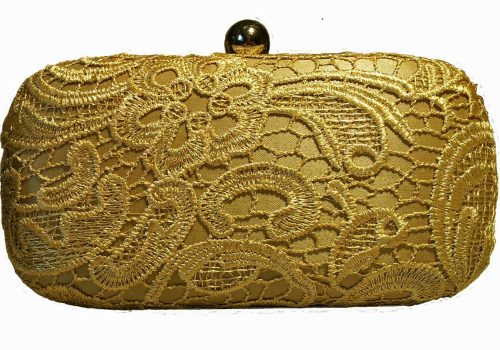The Beginning of Bags
In today’s world, it’s hard to imagine leaving the house without a bag, over our shoulder or strapped to our back. Bags have been a fashion accessory not only for carrying our essentials but also to complete your look. But well, do you know how this essential accessory evolved?
If we delve into ancient history, we find that bags served a primarily functional purpose, like nowadays how we see wallets. In ancient times, both men and women carried small pouches or bags tied around their waist, concealed under their garments. These early bags were more to what we now call waist bags or fanny packs, providing a discreet yet practical way to carry essential items.

1800
The bag as we know it today began to take shape around the 1800s, marking a significant shape in the evolution of bags. Rich people used to carry fancy purses made from expensive materials like silk and velvet. These bags were decorated with fancy stitching, jewels, and other pretty designs. Chic and Elegant!

1900
During the 1900s, bags changed a lot. Women’s bags got fancier and more detailed to match the fashion of the day. They started carrying small drawstring bags called reticules, which were often decorated with pretty beadwork or embroidery. Handbags also got sturdier, with firm frames and metal clasps.
For men, bags were more about usefulness. Briefcases and messenger bags became popular because they were practical and tough, usually made from leather or canvas. So, while women’s bags got more decorative, men’s bags were all about getting the job done.

1950, 1960 & 1970
In the 1950s, structured handbags and shoulder bags dominated the scene, characterized by elegant designs and bold colors. As the world entered the swinging 60s, the fashion landscape shifted dramatically, giving rise to more experimental and eclectic bag styles. The iconic hippie movement of the late 1960s brought about the popularity of bohemian-inspired bags, such as leather hobos and fringed crossbody bags.
In the 1970s, bohemian fashion continued to thrive, accompanied by disco-inspired styles like metallic clutches and fancy evening bags. Then, in the flashy 1980s, oversized tote bags and shoulder bags with bold logos and flashy hardware became all the rage.
1990
In 1990, fashion took a turn to casual and practical styles, giving rise to the popularity of mini backpacks. These compact bags became a staple accessory for a long time, offering a convenient way to carry essentials while having a trendy look. Additionally, shoulder bags with long straps and crossbody bags gained popularity during this time. It reflects a relaxing but aesthetic look.
2000
It’s the time of Y2K and boy band mania. It was the moment that ¨It bags¨ruled the scene. These were designer bags that everyone had to have, like the Louis Vuitton Speedy or the Gucci Jackie. Pop culture was it! Alongside these fancy purses, practical styles like messenger bags and totes were also in vogue. The early 2000s were a unique mix of high-end luxury and everyday practical functionality.
Each era brought its unique twist to the world of bags. But our journey doesn’t end here. As we look into the future, we’re excited to see what new styles will emerge and which old styles will make a comeback. So let’s embrace the diversity and creativity that will be ahead in the world of fashion.
Feeling inspired to upgrade your bag stash or even start your own brand? Look no further than Wordans! Our diverse collection and customizable options make us the perfect choice for all your bag needs. For more information, check out our Instagram page @wearewordans and let your creativity flow!












